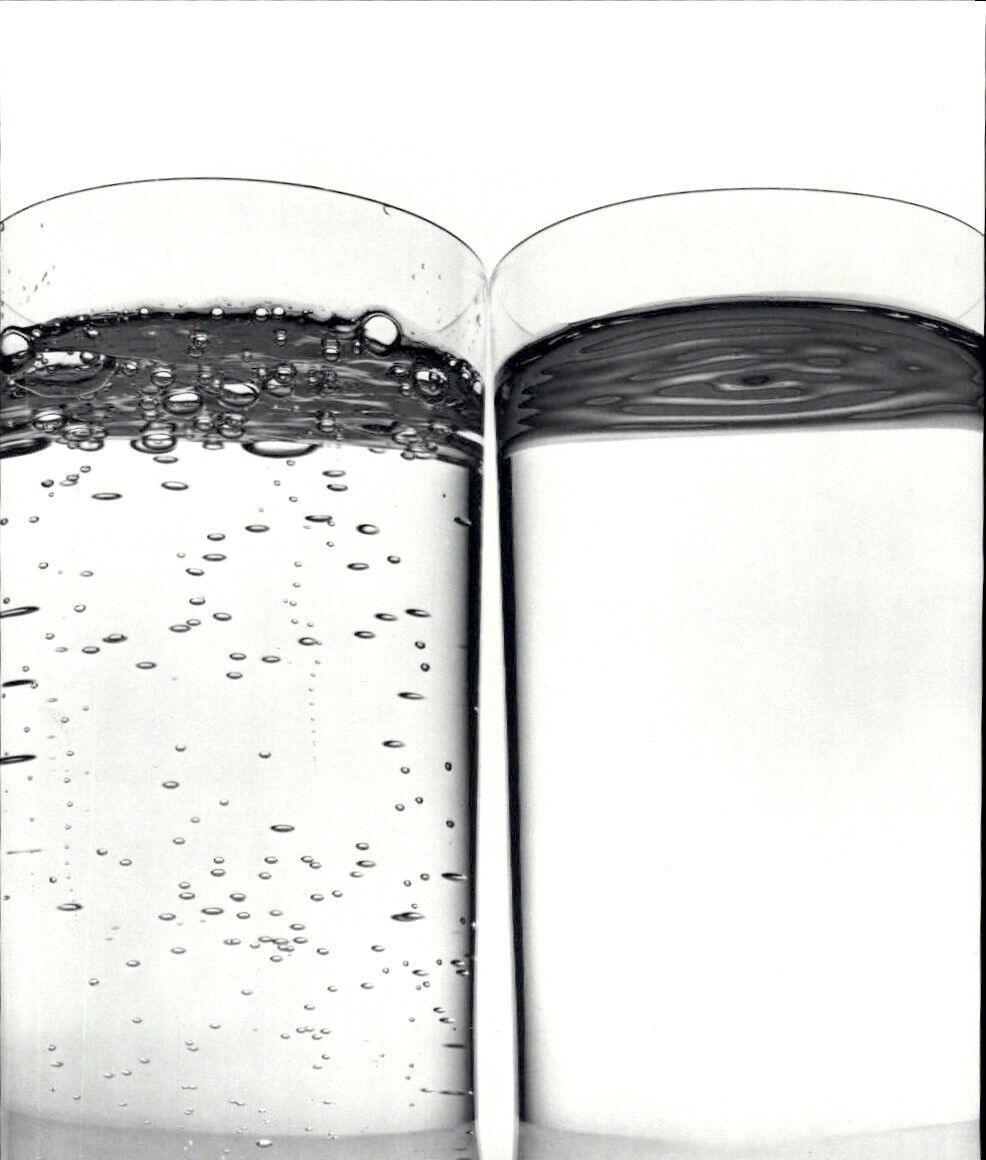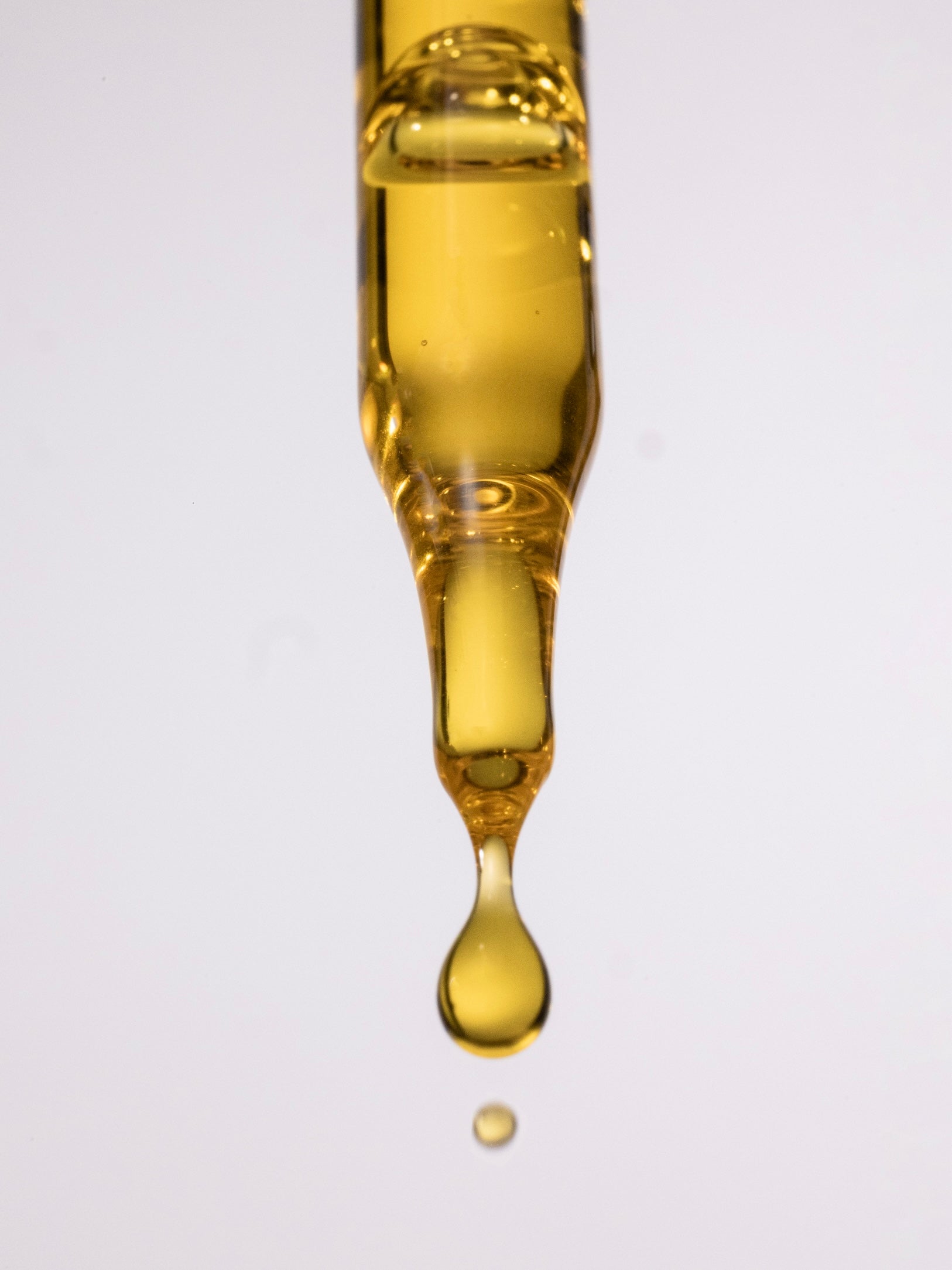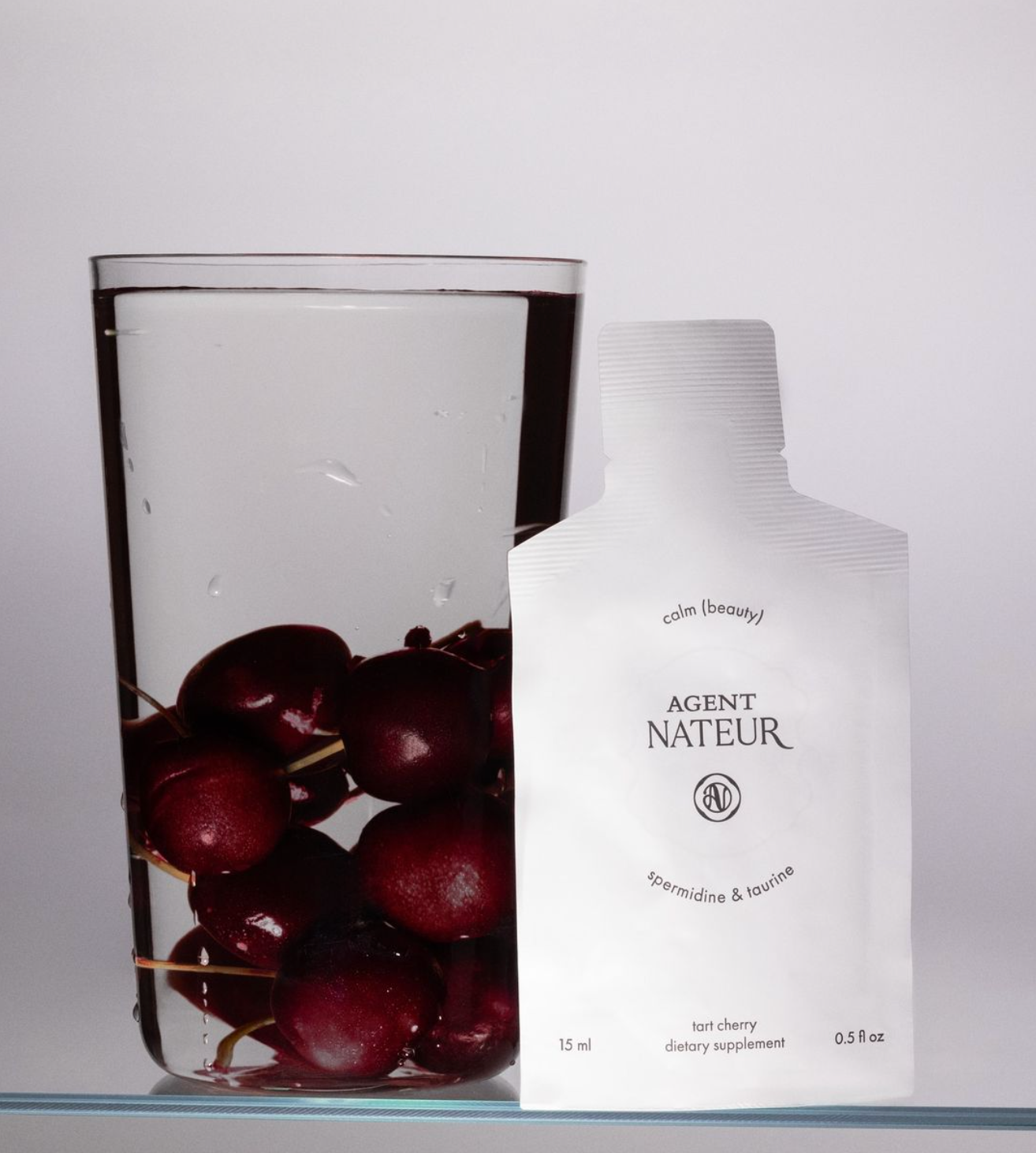PFAS: The Chemicals Contaminating Your Sparkling Water

Still or sparkling? It’s a question we’ve all heard at our favorite restaurants, but before you choose your usual bottle of Topo Chico or Perrier, there’s something very important you should know—not all sparkling waters are created equal.
When looking into your sparkling, steer clear of PFAS (per- and poly- fluoroalkyl substances). PFAS are known to be harmful to the human body and have been linked to several health concerns, including cancer, immune and thyroid dysfunction, and insulin dysregulation. Some sparkling waters are highly contaminated with this very chemical.
That said, today, I want to bring awareness to what PFAS chemicals are, why they’re found in sparkling water, and why government regulation is letting us down.
So, what are PFAS?
PFAS are made up of around 5,000 chemical compounds that have been used since the 1940s. They are used to make non-stick coatings for furniture, clothing, cookware, and cleaning products. They’re often called the “forever chemical” due to their almost indestructible nature and strong carbon-fluorine bonds. “Forever chemicals” accumulate both in the environment and in your body. An FDA study showed that these chemicals accumulated in the fat, liver, and plasma of rats and stayed there for over a year after exposure.
Testing has shown that they’re a HUGE problem. In fact, the U.S. Agency for Toxic Substances and Disease Registry discovered PFAS in almost every blood sample taken. Plus, the Environmental Working Group (EWG) discovered its presence in our tap water.
Further studies have demonstrated that exposure to PFAS are harmful to humans, animals, and the environment. A 2021 study linked PFAS to “altered immune and thyroid function, liver disease, lipid and insulin dysregulation, kidney disease, adverse reproductive and developmental outcomes, and cancer.” These chemicals are leaching into our air and water and are terrible for us in every way!
In terms of sparkling water, it was a 2020 Consumer Reports study that brought the presence of PFAS in sparkling water to light. This study tested 47 water bottles, 35 of which were non-carbonated and 12 of which were carbonated. Carbonated brands tested include La Croix, Topo Chico, Poland Spring, and Perrier—all contained levels of PFAS that were higher than the 1 part per trillion level, which is the level that scientists deem safe for consumption.
Why is there such a discrepancy in the level deemed safe for consumption?
This brings me to regulation, or rather lack thereof, currently in place for PFAS. The U.S. Environmental Protection Agency states that PFAS levels should be below 70 parts per trillion / ppt (for context, you can imagine that 1ppt is equal to a grain of sand in an Olympic swimming pool). This limit is seen as too high by both those within the scientific community and some individual states in the U.S.
During the 2020 Consumer Reports Study, five brands were less than 1 ppt (the level scientists deem safe). These include Sparkling Ice, Spindrift, San Pellegrino, Dasani, and Schweppes. Seven were higher than the health-protective limit of 1 ppt, including Topo Chico, Polar, Bubly, Poland Spring, Canada Dry, La Croix, and Perrier. Coca-Cola’s Topo Chico came out top with the highest level of PFAS detected (9.76 ppt).
While these brands comply with the standards set by the EPA and the trade group IBWA, they contrast with the guidance provided by the EWG, which recommends no more than 1ppt. This limit is further supported by Philippe Grandjean, an environmental health professor at Harvard.
Meanwhile, IBWA even made a statement that the testing carried out in the Consumer Reports study was “misleading” and “not based on sound science.” Manufacturers, such as the National Beverage Corp. and Coca-Cola, are also disputing the testing that was carried out.
Why has the government failed when it comes to regulation?
This discrepancy means that the federal government has failed to set regulation and establish suitable limits to protect us from the harmful effects of PFAS. There is no limit established by the EPA and the FDA is unable to enforce the limits on the manufacturers and brands. The only guidance supplied is voluntary and far removed from what scientists recommend.
Because of a lack of federal regulation of PFAS, several states have taken it into their own hands to set limits of PFAS in drinking water. Many of the limits set by the states sit much lower than the EPAS advisory level of 70 ppt, but are still not as low as the 1 ppt suggested for health protection.
For example, a draft report from the California Environmental Protection Agency in July 2022 states that a level of 0.007 ppt for perfluorooctanoic acid (PFOA) and 1 ppt for perfluorooctanesulfonic acid (PFOS) would be considered a safe level in drinking water. However, neither of these limits are binding. It is not until the draft report is finalized that the drinking water regulation in California can be impacted. But it’s a start, at least!
It’s true that establishing health-protective limits is no easy task, as there are a number of legal steps which the EPA has to go through first. The blocks which we are faced with have nothing to do with our health and more to do with cost. The government and manufacturers would have to incur to clean and filter out the chemicals. The result is that PFAS levels are set at a much higher limit than what science suggests is actually safe for us.
In addition, powerful lobby groups are working against PFAS regulation to avoid the liability which would occur in a cleanup, and you can see how and why there are and will continue to be huge delays in establishing federal regulation.
While we as individuals cannot control the amount of PFAS being produced, there are steps we can take in our day-to-day lives and choose not to purchase these carbonated waters. If you’re not ready to give up sparkling water, Soda Stream could be a good option for you. It may also be helpful to check the EWG for a map of areas in the US where PFAS is a concern. If you find yourself in one of these areas, try adding a water filter of granulated activated carbon to reduce PFAS.
While you might find sparkling water a refreshing choice at the dinner table, I hope you find this article helps you make a more informed decision about your choice of beverage in the future. If you’re trying to live a toxin-free life, it’s important to be informed about the potential risks of PFAS chemicals and reduce your exposure to them. Trying to eliminate PFAS from your water is a great place to start. We can also take steps to advocate for better regulation around PFAS to protect both ourselves and future generations.
***THESE STATEMENTS HAVE NOT BEEN APPROVED OR REGULATED BY THE FDA. WE ARE NOT DOCTORS, THEREFORE ALWAYS CONSULT WITH YOUR DOCTOR FIRST****





